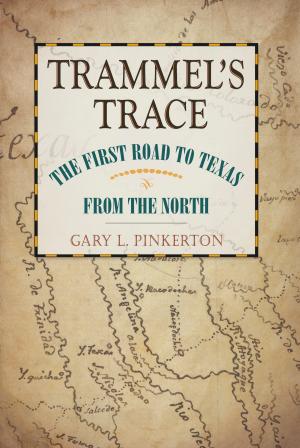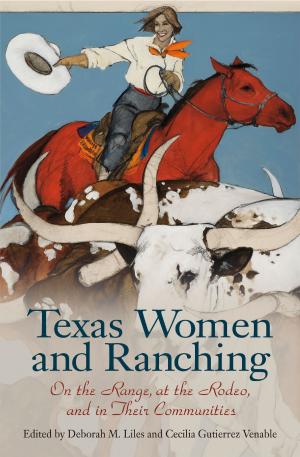Chicana/o Struggles for Education
Activism in the Community
Nonfiction, Reference & Language, Education & Teaching, Educational Theory, Multicultural Education, History, Americas, United States, 20th Century| Author: | Guadalupe San Miguel Jr. | ISBN: | 9781603449960 |
| Publisher: | Texas A&M University Press | Publication: | April 29, 2013 |
| Imprint: | Texas A&M University Press | Language: | English |
| Author: | Guadalupe San Miguel Jr. |
| ISBN: | 9781603449960 |
| Publisher: | Texas A&M University Press |
| Publication: | April 29, 2013 |
| Imprint: | Texas A&M University Press |
| Language: | English |
Much of the history of Mexican American educational reform efforts has focused on campaigns to eliminate discrimination in public schools. However, as historian Guadalupe San Miguel demonstrates in Chicana/o Struggles for Education: Activisim in the Community, the story is much broader and more varied than that.
While activists certainly challenged discrimination, they also worked for specific public school reforms and sought private schooling opportunities, utilizing new patterns of contestation and advocacy. In documenting and reviewing these additional strategies, San Miguel’s nuanced overview and analysis offers enhanced insight into the quest for equal educational opportunity to new generations of students.
San Miguel addresses questions such as what factors led to change in the 1960s and in later years; who the individuals and organizations were that led the movements in this period and what motivated them to get involved; and what strategies were pursued, how they were chosen, and how successful they were. He argues that while Chicana/o activists continued to challenge school segregation in the 1960s as earlier generations had, they broadened their efforts to address new concerns such as school funding, testing, English-only curricula, the exclusion of undocumented immigrants, and school closings. They also advocated cultural pride and memory, inclusion of the Mexican American community in school governance, and opportunities to seek educational excellence in private religious, nationalist, and secular schools.
The profusion of strategies has not erased patterns of de facto segregation and unequal academic achievement, San Miguel concludes, but it has played a key role in expanding educational opportunities. The actions he describes have expanded, extended, and diversified the historic struggle for Mexican American education.
Much of the history of Mexican American educational reform efforts has focused on campaigns to eliminate discrimination in public schools. However, as historian Guadalupe San Miguel demonstrates in Chicana/o Struggles for Education: Activisim in the Community, the story is much broader and more varied than that.
While activists certainly challenged discrimination, they also worked for specific public school reforms and sought private schooling opportunities, utilizing new patterns of contestation and advocacy. In documenting and reviewing these additional strategies, San Miguel’s nuanced overview and analysis offers enhanced insight into the quest for equal educational opportunity to new generations of students.
San Miguel addresses questions such as what factors led to change in the 1960s and in later years; who the individuals and organizations were that led the movements in this period and what motivated them to get involved; and what strategies were pursued, how they were chosen, and how successful they were. He argues that while Chicana/o activists continued to challenge school segregation in the 1960s as earlier generations had, they broadened their efforts to address new concerns such as school funding, testing, English-only curricula, the exclusion of undocumented immigrants, and school closings. They also advocated cultural pride and memory, inclusion of the Mexican American community in school governance, and opportunities to seek educational excellence in private religious, nationalist, and secular schools.
The profusion of strategies has not erased patterns of de facto segregation and unequal academic achievement, San Miguel concludes, but it has played a key role in expanding educational opportunities. The actions he describes have expanded, extended, and diversified the historic struggle for Mexican American education.















